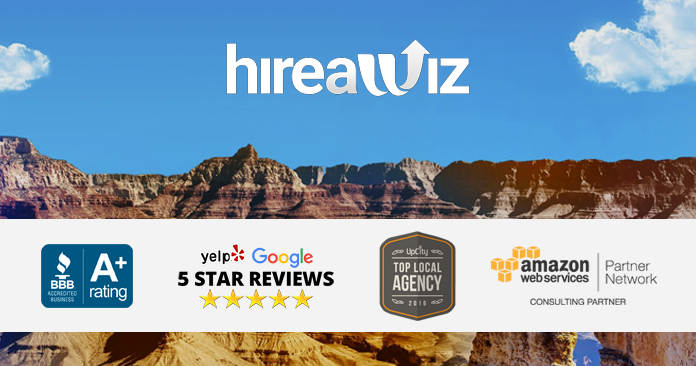Imagine this…
You set up a website. You already know that people won’t come just because you built it. So then you spend months working every angle you know to drive traffic to your site.
And then…
Crickets.
The traffic doesn?t come in, even though it seems like you’re doing an awful lot of work or spending a lot of money. Or maybe you check your traffic logs and they’re busting at the seams, but the traffic isn?t converting to mailing list subscribers, phone calls, visits, customers or money in the bank.
So how do you avoid these two problems? Simple – by following this five step procedure for getting ready for the traffic, testing your site and then ramping up your traffic. Check it out…
Step 1: Set Up a Lead Page
Don’t even think about driving traffic to your site until you have a lead page set up. This is where you offer something really valuable and enticing to your visitors in exchange for an email address. Then you can follow up with your mailing list again and again to develop a relationship with subscribers and to turn these prospects into customers and clients.
Step 2: Test Your Site Fast
Your next step is to test your site to be sure your incoming traffic converts to subscribers, sales and customers.
Now if you choose a traffic method like SEO (search engine optimization), you could be waiting around for several months before you get enough traffic to properly test your site. That’s why you’ll want to start with fast, targeted traffic. And there’s no better way to get this sort of traffic than by using PPC (pay per click marketing) platforms such as Google AdWords or even Facebook.
But there’s a catch…
You need to have some experience with these platforms so that you’re running good, optimized campaigns. In other words, you need to test your keywords and ads so that you get the best click-through conversions. Then you need to test your landing pages to see if your traffic is converting to subscribers and sales.
Once this part of the process is tweaked and running, then you’ll have a nicely optimized site and an optimized PPC campaign pulling in traffic. That’s when you can start adding in other traffic methods.
Step 3: Add in SEO
Your next step is to optimize your site for the search engines to start pulling in traffic from Google, Bing and other search engines.
First off, you need to use a keyword tool to figure out what keywords your market is already using to find information, products and services in your niche. You’ll want to pick out the high-value keywords that are most likely to create targeted traffic.
Secondly, you need design your site’s architecture, internal linking, meta tags and page titles around these keywords. This is best done when you’re designing or redesigning your site.
Next, you need to create content around these keywords and post this content on your blog and elsewhere on this site. Just don’t stuff your content full of keywords, or you’ll get penalized in the search engines.
Finally, you need to get links from high-quality sites. Quality trumps quantity, so don’t believe any SEO service provider who focuses on building hundreds or thousands of links.
Step 4: Develop a Content Strategy
Next, you need to develop a content strategy that supports the following goals:
- Gets links from high-quality sites for SEO purposes.
- Drives traffic back to your site via click-through traffic.
- Builds your brand.
- Spreads your marketing message via viral content.
This means your content strategy should include guest blogging, posting on social media, video marketing and viral marketing.
And this brings us to our last step…
Step 5: Integrate Social Media
You need to not only develop a presence on social media, but you also need to embed social media links strategically into your website to give people an easy way to like and share your content.
The key here is to focus on the social media platforms that will get you the best results, such as Facebook. You’ll also want to continue taking advantage of their paid advertising platform, which includes the option of re-targeting people who’ve previously visited your website (which can boost conversions).
Conclusion
So there you have it – a five step strategy for testing your site and then ramping up your traffic efforts.
Now, what we?ve covered so far is just the first phase driving targeted traffic to your site and converting this traffic to sales. The next phase is to further optimize your site to produce even better conversions, and then continue expanding your reach using traffic methods such as media buys, press releases and even mobile app marketing.
To find out what the best approach is for your specific business, you’ll want to talk to the online marketing experts at Hireawiz. Our strategists and marketing experts can develop a customized marketing and conversion plan that supports your needs and business goals. Find out more about how we can grow your business by
visiting us online today!
